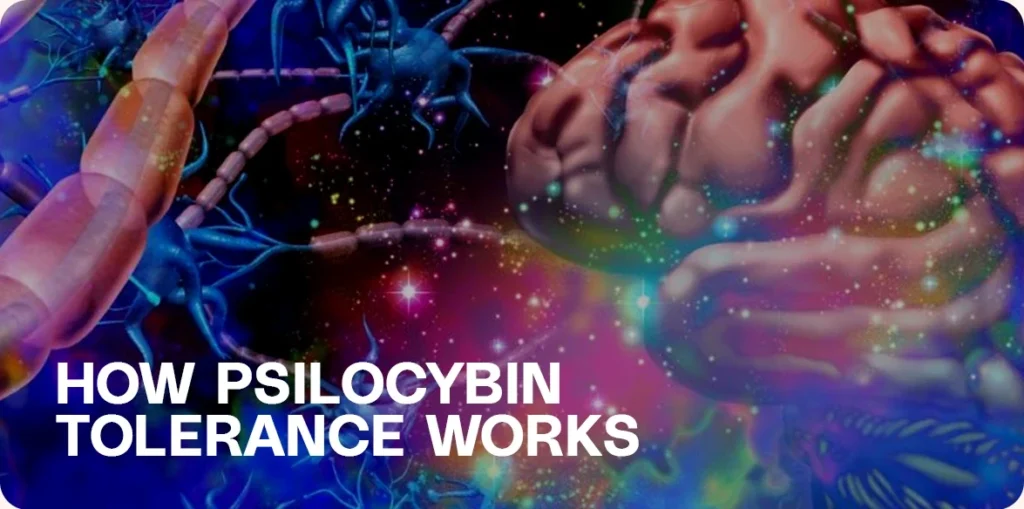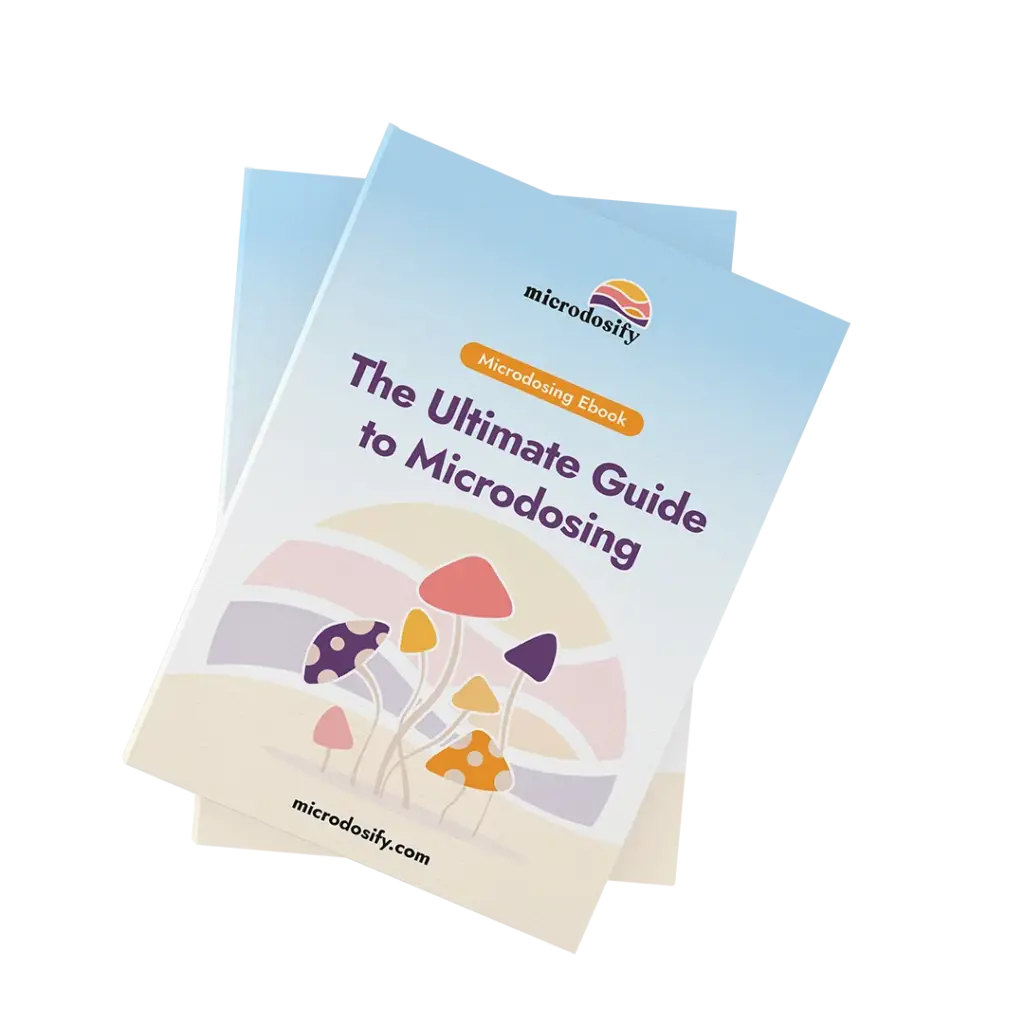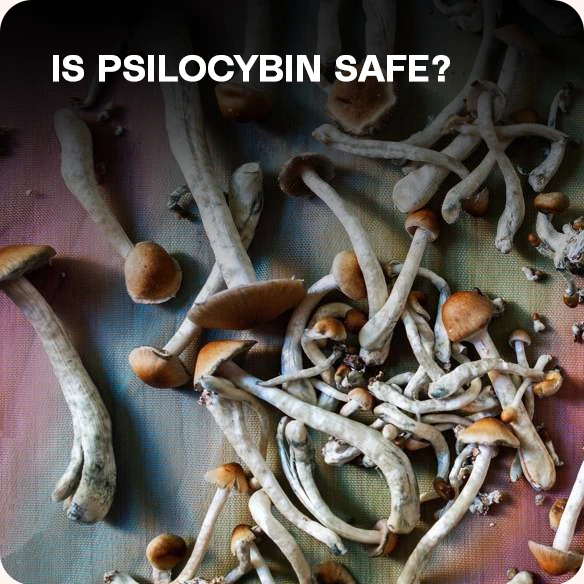Psilocybin tolerance happens when your body gets used to magic mushrooms, making them feel weaker over time.
This can be frustrating, especially for those who take psilocybin for personal growth, creativity, or microdosing. If you’ve ever taken mushrooms two days in a row and noticed a weaker effect the second time, that’s tolerance at work.
Whether you microdose regularly or take larger doses for more profound experiences, knowing how your body responds can help you plan better and avoid wasted doses.
For a better understanding of different dosages and how they affect tolerance, check out microdosing vs. macrodosing. Let’s break it down.
How Psilocybin Tolerance Works?

Psilocybin tolerance works by making the brain less responsive to the compound after repeated use. Psilocybin binds to serotonin receptors (5-HT2A), which causes changes in mood and perception. When taken too often, these receptors become desensitized, leading to weaker effects, even at the same dose.
Psilocybin tolerance is temporary and resets over time. Unlike addictive substances, it doesn’t cause cravings or withdrawal, but frequent use makes it less effective. To avoid wasting doses, people space out their trips or follow structured microdosing schedules.
How Does Psilocybin Interact with Serotonin Receptors?
Psilocybin tolerance happens because it mimics serotonin and attaches to 5-HT2A receptors in the brain. This triggers the effects of magic mushrooms. But if psilocybin is taken too often, these receptors become less sensitive, making the same dose feel weaker.
Unlike drugs that build tolerance through chemical dependence, psilocybin only affects receptors temporarily. After a break, the receptors reset, and the effects return to normal. This is why spacing out doses is important for maintaining strong effects.
How Quickly Does Tolerance Build Up?
Psilocybin tolerance builds fast. After one dose, tolerance peaks within 24 hours. Taking mushrooms again the next day will feel much weaker.
Tolerance usually lasts 5 to 7 days before resetting. This is why most people wait at least a week between trips.
For microdosing, tolerance builds slower but still happens. Taking psilocybin every day can make it less effective over time. That’s why most microdosing schedules include off days (like one day on, two days off) to prevent tolerance.
Psilocybin tolerance works by making serotonin receptors less responsive. To keep the effects strong, spacing out doses is key.
What Are Thhe Signs of Tolerance?

Psilocybin tolerance shows up when the same dose doesn’t feel as strong as before. If you’ve taken mushrooms and noticed weaker effects, it’s likely your body has built up tolerance. Here’s how to recognize it.
What Are the Signs of Reduced Effects Over Time?
- Weaker Effects at the Same Dose – The visuals, mental clarity, or emotional shifts you usually experience feel dull or nonexistent.
- Shorter Duration – The trip doesn’t last as long as it normally would, even with the same amount.
- No Increase in Effects with a Higher Dose – Taking more mushrooms doesn’t significantly boost the intensity, which means your receptors are still desensitized.
- Frequent Use Leading to Diminishing Returns – If you’re taking psilocybin multiple days in a row or too often, each session starts feeling less impactful.
These signs mean your serotonin receptors need time to reset. The best way to restore sensitivity is by taking a break before your next dose. Most people wait at least a week to fully regain the effects. For microdosing, following a schedule with off days helps avoid long-term tolerance buildup.
How to Manage Tolerance?

Psilocybin tolerance is temporary and can be managed by spacing out doses and following structured cycling schedules. Taking mushrooms too often makes them less effective, but the brain resets if given enough time. By using planned breaks and dosing protocols, you can avoid wasting mushrooms and maintain their full benefits.
How Can Users Manage Tolerance with Breaks and Cycling Protocols?
The simplest way to reset tolerance is to take breaks between doses. Psilocybin tolerance peaks within 24 hours and usually takes 5 to 7 days to fully reset. This is why most people wait at least a week between trips to experience the full effects again.
For microdosing, tolerance builds up more slowly, but it still happens. That’s why structured protocols help prevent diminishing effects. Two of the most well-known approaches are:
- Fadiman Protocol: One day on, two days off. This prevents tolerance buildup while still allowing regular use.
- Stamets Protocol: Five days on, two days off. This approach is more frequent but includes rest days to help maintain effectiveness.
Both methods allow psilocybin to stay effective over time while giving serotonin receptors time to recover. If you want to learn more about structured microdosing schedules, check out the Fadiman Protocol vs. Stamets Protocol for a deeper breakdown of each method.
The key to managing psilocybin tolerance is spacing out doses and allowing the brain to reset. Whether you’re microdosing or taking larger amounts, giving your body time to recover ensures you get the most out of each experience.
Conclusion
Psilocybin tolerance is unavoidable with frequent use, but managing it is simple. The key is spacing out doses to allow your brain to reset while still maintaining the benefits.
For macrodosing, waiting at least a week between trips helps restore serotonin receptor sensitivity, making sure each dose feels as strong as the last.
For microdosing, following a structured cycling protocol like Fadiman’s or Stamets’ keeps the effects consistent while preventing long-term tolerance buildup.
By using psilocybin responsibly and giving your brain time to recover, you can get the most out of each dose without needing to take more over time. Whether you’re microdosing for focus or taking larger doses for deeper experiences, balance is key to keeping psilocybin effective.





